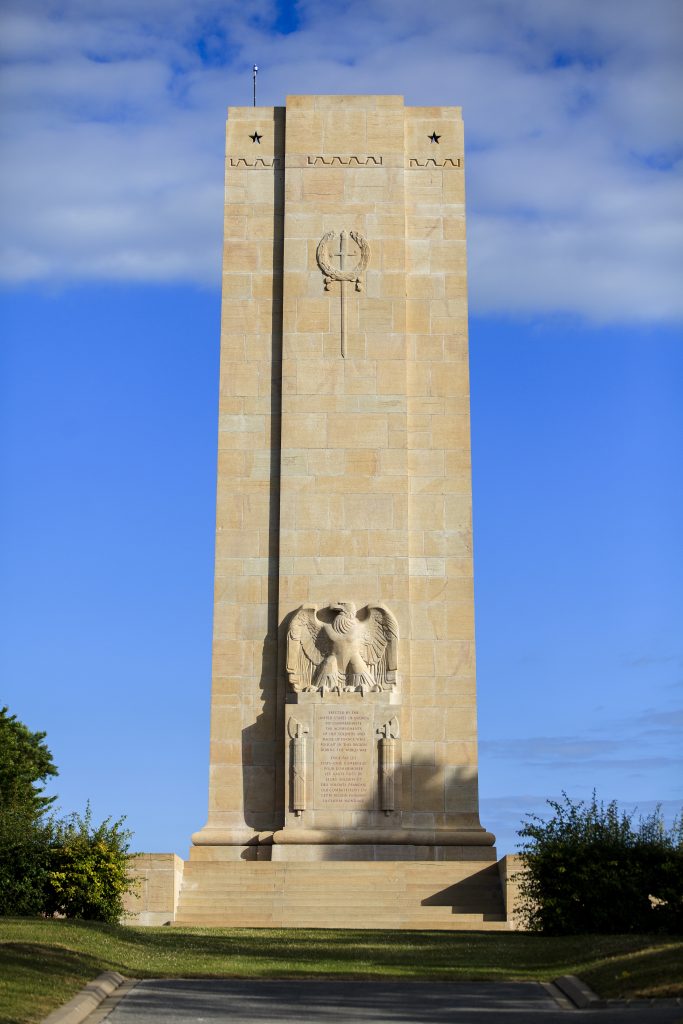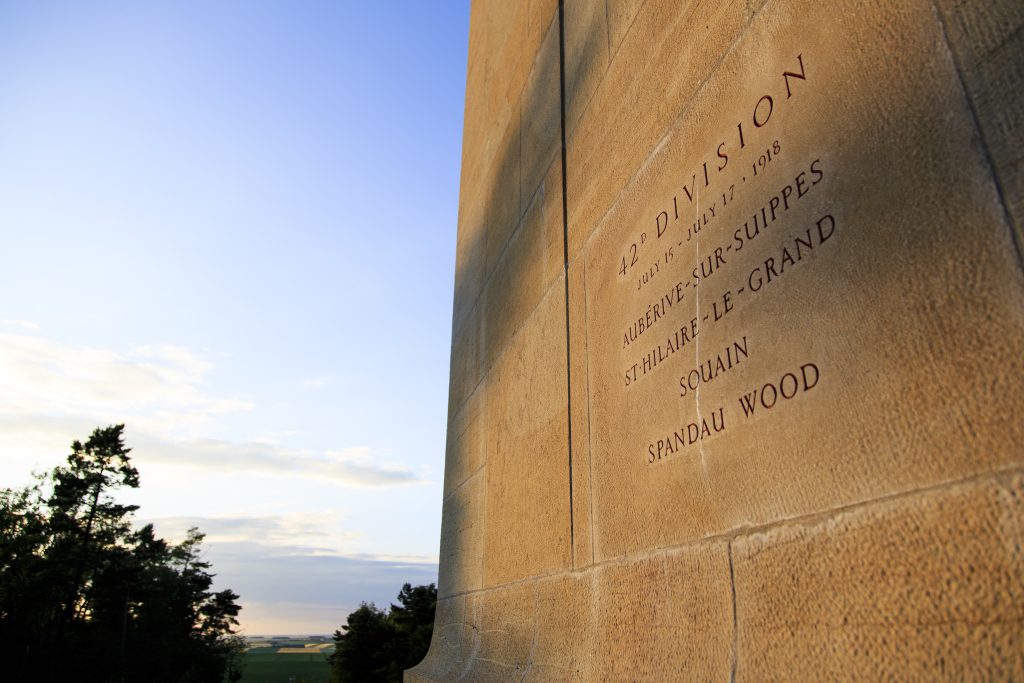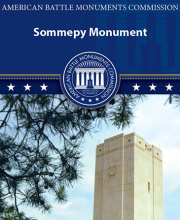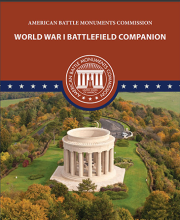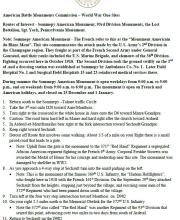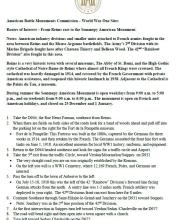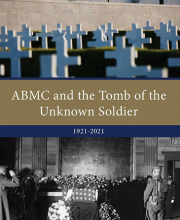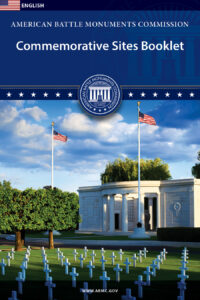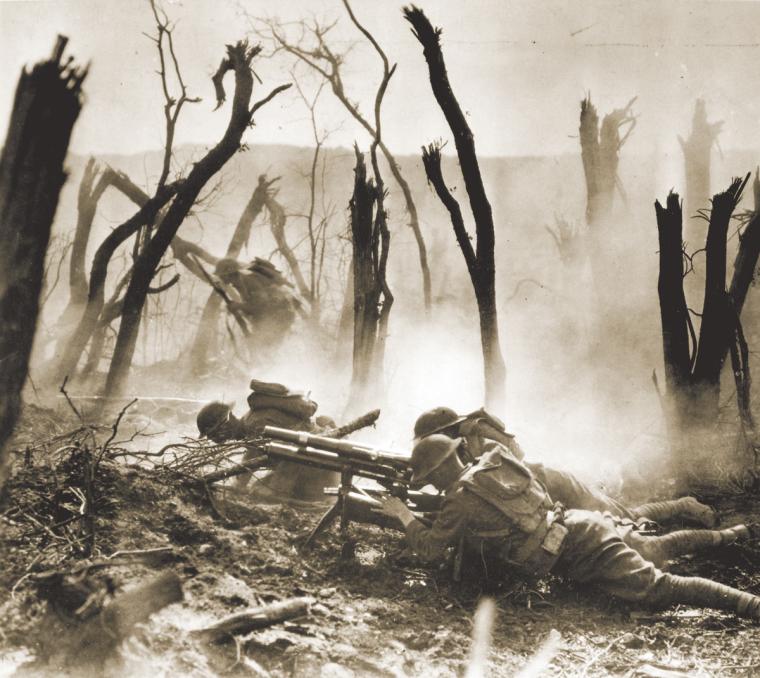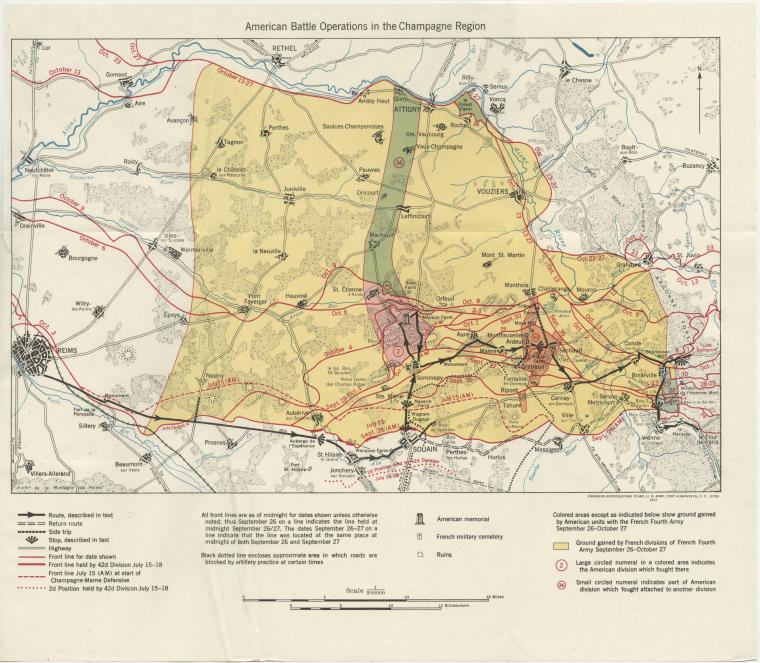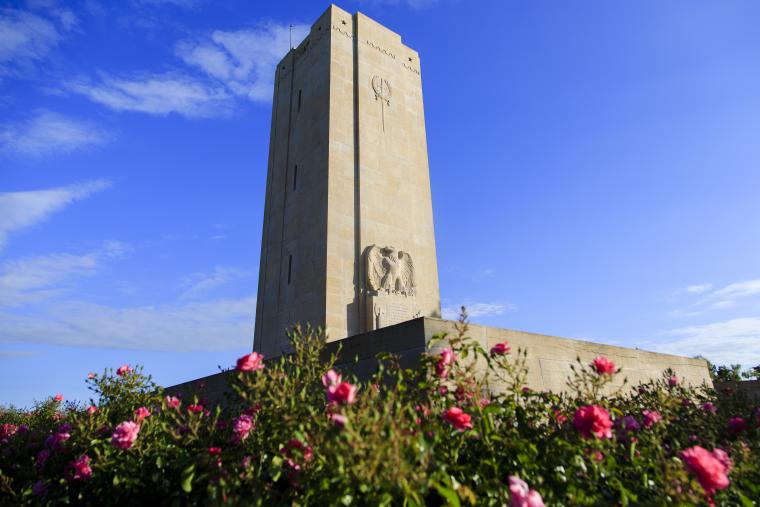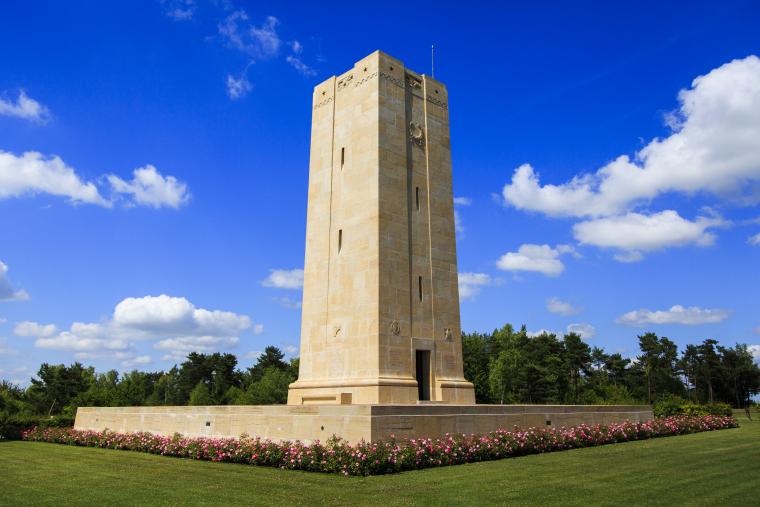The World War I Sommepy American Monument commemorates the achievements of the American units that served in combat with the French Fourth Army during the summer and fall of 1918.
More than 70,000 Americans served in the region during this time.
The monument, situated on Blanc Mont Ridge, is surrounded by vestiges of World War I trenches, dugouts and gun emplacements. It is essentially a tower of golden-yellow limestone with an observation tower on top affording an excellent view of the battlefields. Inside the entrance to the monument is an inscription describing American operations in the vicinity. The monument’s site was captured by American troops.
 An official website of the United States government. Here's how you know.
An official website of the United States government. Here's how you know. 